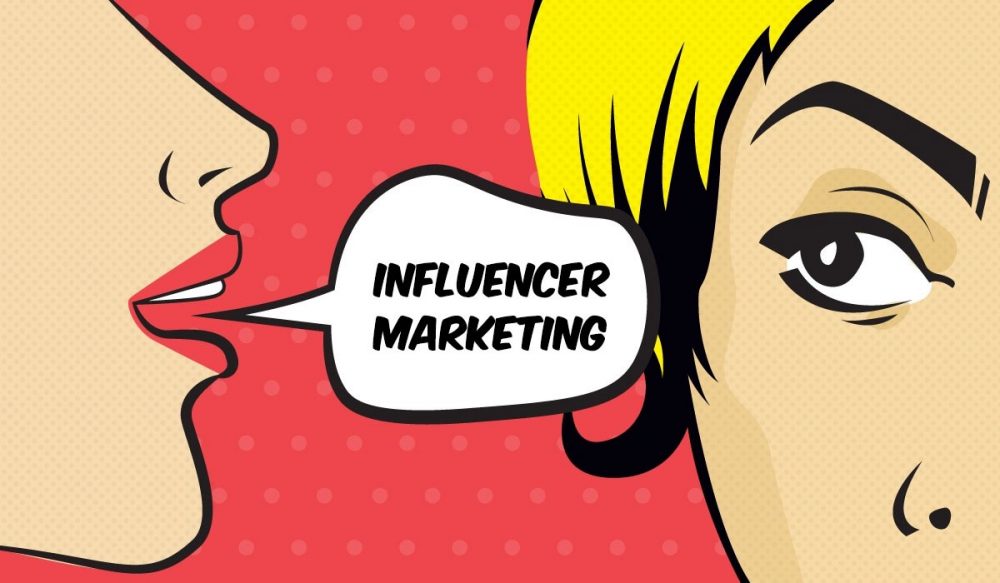Influencer marketing took the world by storm, combining a mass market with personalised messages, which created an advertising technique which consumers trusted and regularly engaged with.
The influencer marketing industry first appeared around 2009, with aspirational figures becoming advertising tools, making product and service recommendations to their social followings, as if from a friend. With the launch of Instagram in 2010 the trend was put into hyperdrive and by 2016 social media influencers were crucial marketing ploys for companies wanting to effectively engage with their consumers.
The trend has made an immeasurable impact, particularly in the fashion industry where influencers are paid top dollar to plug makeup, skin care ranges or wear specific labels in their online posts. It was estimated that Kendall Jenner was paid $300,000 per social media post in 2016, demonstrating the tremendous value companies placed on the reach of their social media partners.
But as we enter 2019, many industry elites have predicted that influencer marketing will be on the decline, as it does not have the reach and power of engagement that it used to. A saturated market is to blame for the trends decline. As more content is released consumers are being bombarded with sponsored posts and are engaging less with the material. The draw of influencer marketing was that consumers felt personally catered to as if a close friend was recommending them a product. But with so many influencers plugging a radical number of labels the personal touch has been lost. So, while posts are still reaching their target audiences, consumers are not biting, making the campaigns as ineffective as marketing trends gone by.
It seems that the trend is self-destructing, its boom in popularity is what led to its downfall as over-saturation turned off potential consumers. However, there is still hope for the marketing tool. Rather than dropping the device entirely, it seems that engaging with consumers on a smaller scale is the way to continue the trend. Companies are shifting their investments from influencers with a broad reach to what has been dubbed ‘micro-influencers’. Micro-influencers have fewer followers, between 50,000 to 250,000, but as a result, their engagement is far higher, and their messages can be tailored to the niche audiences they hold.
This solution to oversaturation is the creative new direction the trend is moving towards in an attempt to keep its self afloat. However, only time will tell if social media influencing continues to engage consumers, and if it doesn’t it will be interesting to see how technology evolves to reach an ever developing and scrutinising consumer.






